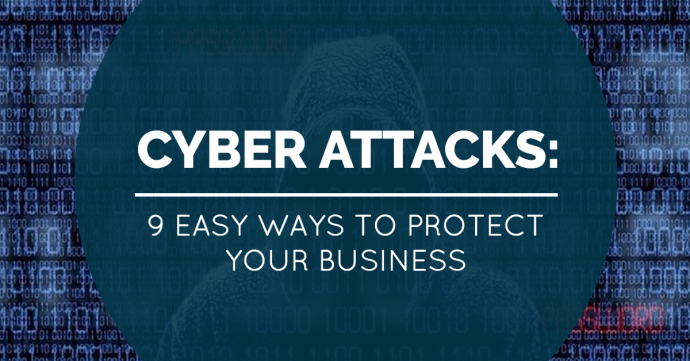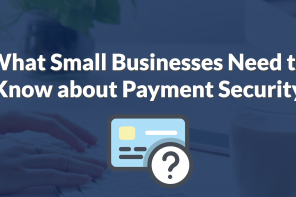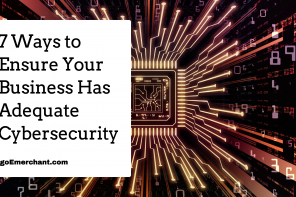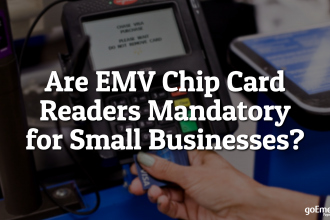Businesses today have a lot more to worry about than just finding customers and generating revenue. In a digitally-driven world where fraudsters are getting smarter, faster and more sophisticated, you must consider how to secure your customer’s data, as well as your own.
The key to achieving a better cybersecurity plan lies in understanding how to properly protect all of your hardware, software, and data. Your business must also equip every employee with the right tools to know how to adequately protect your business from outside threats.
As part of Cyber Security Awareness Month, we’ve gathered some tips on how your businesses can be better protected from cyber attacks.
Strengthen Your Internal Data Security Measures
One of the easiest methods to protect your business from a cyber attack is by simply improving internal security procedures. Start by using stronger passwords that are harder to crack. Make sure that each password is unique. And change your passwords regularly.
In a 2017 data threat report from Thales e-Security and analyst firm 451 Research, it detailed that 52 percent of merchants have experienced a data breach, with 19 percent of those having a breach in the past year (with some seeing more than one). The report concluded one major problem is that many businesses are relying on security solutions that have worked in the past but are not equipped to handle modern data breaches.
Although business leaders are getting savvier about investing in more cybersecurity measures, they aren’t always effectively allocating those budgets, the study noted. The report indicated that 95 percent of merchants use sensitive data in an advanced technology environment (cloud, IOT, etc.), but that same data is being used in channels and other environments that don’t have the same security protocols. Inconsistency in data security leaves businesses vulnerable.
Fully protecting your digital infrastructure includes investing in stronger firewalls, giving you more control over the traffic flowing across your business networks. Anti-malware protection is another layer of defense methods worth investing in. Ensuring that your security software is always up-to-date is critical when attempting to prevent a cyber attack.
Other key measures include finding the right tools to secure hardware — particularly those used to process and transmit financial data. One key method to achieving better data security is by working with a payments processing partner that offers hardware with built-in tokenization and E2E security features.
Strengthen Your External Security Alert Measures
Regardless of the size of business, the possibility of a cyber attack is very real. Many small businesses think they are immune to such threats. In reality, hackers often target smaller businesses since they usually have weaker cybersecurity measures. Don’t allow your business to become an easy target!
There are plenty of rapidly-growing cyber attacks that occur today through highly-sophisticated methods — phishing, malware and system hacking, just to name a few.
Data security matters from both an internal and external perspective. Internally, as mentioned above, there are plenty of steps businesses can take within their infrastructure to beef up protection. But overlook external threats that may arise in the future.
On a global scale, cybercrime will cost businesses $2.1 trillion by the year 2019, according to Juniper Research. That’s roughly four times more than in 2015. As consumers and businesses live increasingly digital lives, so does the threat of more cyber attacks from growing groups of hackers.
As quickly as businesses invest in the next big cybersecurity measure, fraudsters will be there to try and find an exploit. This is why it’s important for businesses to realize that investing in security measures is an ongoing task and not a one-time project.
Following the latest cybersecurity best practices is the first step in protecting your business, but staying protected means continually updating hardware, software and company-wide data security policies to ensure you and your customers are always protected.
What is your business doing to stay ahead of the cybersecurity curve?




